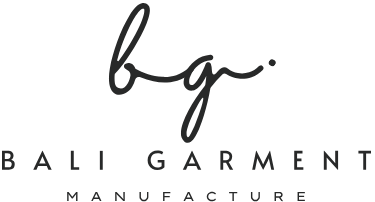Bali has become more than just a tourist paradise—it is now a thriving hub for creative entrepreneurs, especially in the fashion industry. With its blend of traditional artistry, sustainable living, and global exposure, the island offers unique opportunities for fashion brands to grow and thrive. However, with increasing competition and changing consumer behavior, fashion businesses in Bali must embrace smart marketing strategies to stand out. Whether you are a boutique owner, garment manufacturer, or emerging designer, effective marketing is the bridge that connects your creations with the right audience.
One of the most powerful tools for fashion marketing in Bali is social media. Platforms like Instagram, TikTok, and Pinterest are ideal for showcasing visually appealing products such as resort wear, handmade garments, and eco-friendly collections. Bali’s natural landscapes also provide a perfect backdrop for lifestyle photoshoots that resonate with international audiences. To maximize impact, brands should focus on consistency, using storytelling captions that highlight craftsmanship, sustainability, or the cultural inspiration behind each piece. Partnering with influencers—both local and global—can also expand reach, as many travelers and content creators love promoting Bali-made fashion.
Email marketing remains another underrated yet highly effective strategy. With a strong mailing list, fashion businesses can nurture long-term relationships with customers by sending exclusive promotions, new collection launches, or behind-the-scenes content. Unlike social media, where posts can easily get lost in the algorithm, email marketing allows direct communication with loyal customers. To boost engagement, businesses in Bali should personalize their emails, offering tailored recommendations based on previous purchases or seasonal needs, such as summer resort collections or holiday-ready outfits.
Content marketing is also playing an increasingly important role. Tourists and online shoppers are not just buying clothes—they are buying into a story. Writing blogs, publishing style guides, or creating video lookbooks can position a brand as an authority in Bali’s fashion scene. For example, a blog on “How to Style Linen for Bali’s Tropical Weather” or “Sustainable Fabrics Every Conscious Traveler Should Know” can attract organic traffic while subtly promoting your products. This not only improves SEO rankings but also builds trust with customers who value knowledge and inspiration.
Offline marketing still holds a special place in Bali’s fashion industry. Pop-up stores, local markets, and fashion shows give brands a chance to create direct experiences with customers. Bali’s vibrant community of locals, expats, and tourists makes offline engagement particularly powerful. Hosting collaborative events with local artisans or offering styling workshops can create lasting impressions and encourage word-of-mouth marketing. Since Bali thrives on community-driven culture, building personal connections through offline experiences can be just as impactful as digital campaigns.
Another important marketing tip is to embrace sustainability as a brand identity. With Bali being a hotspot for conscious travelers and eco-minded consumers, highlighting eco-friendly practices is not just a value but also a marketing advantage. Showcasing ethical production, use of natural fabrics, or zero-waste initiatives in your campaigns can resonate deeply with your audience. Brands that are transparent about their sourcing, manufacturing, and sustainability journey often gain stronger loyalty compared to those that only focus on aesthetics.
Finally, collaboration is key in Bali’s fashion ecosystem. Partnering with other local brands, resorts, or lifestyle businesses can significantly increase visibility. For example, showcasing fashion pieces in boutique hotels, wellness retreats, or yoga studios can help reach international visitors who are already seeking authentic Bali experiences. Cross-promotion with other creative industries, such as jewelry makers or natural skincare brands, can also create stronger brand synergy while sharing marketing costs.
In conclusion, marketing fashion in Bali requires a thoughtful mix of digital presence, storytelling, community engagement, and sustainability. Social media helps capture the global audience, email marketing builds lasting relationships, content marketing strengthens brand authority, and offline experiences deepen personal connections. By embracing these strategies and staying authentic to Bali’s cultural and eco-friendly values, fashion businesses can thrive in this competitive yet inspiring market.



